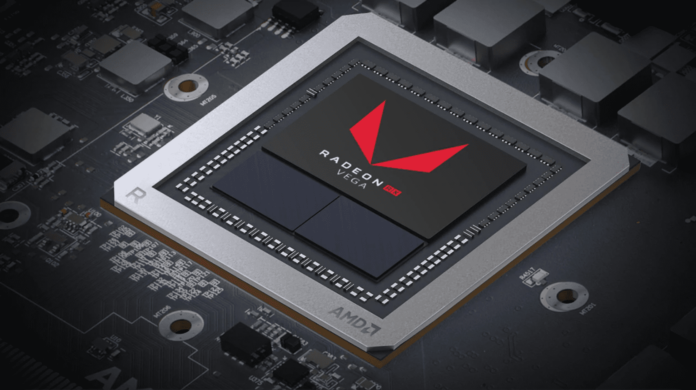The “Nvidia Killer” might be around sooner than expected. The rumor mill’s talked about an alleged Big Navi part with hardware ray-tracing called Navi 23 for quite some time. We’ve covered it before. But an open-source Linux driver update has now confirmed that the part really does exist.
Thanks to that particular information dump by Berniyh from the 3DCenter forums, we have indications about the entire range of RX 6000 GPUs, all built on the 7nm+ process. (the mentions appear since to have been redacted on Github, but we’re linking you anyways). Navi 23’s only one of three new GPUs. They will likely support hardware ray-tracing. This is something that AMD’s talked about in its own promotional material–indicating that Next-gen RDNA (the Navi 20 series) is where ray-tracing will take off.

Will Navi 23 really be an “Nvidia Killer,” though? It makes sense to do a little thought experiment here. If RDNA 2 is, much like GCN, an iterative improvement, most of Navi 23’s performance gains would derive from an increase in resources. If we’re looking at a 64-CU RDNA 2 part, that would deliver roughly 150 percent of the Radeon RX 5700 XT’s performance. This would place such a part head to head with the GeForce RTX 2080 Ti. If the price is right, that would certainly involve some amount of “Nvidia killing.” But the problem here is that Nvidia’s not standing idle. We’ve heard indications that they may actually release an RTX 2080 Ti Super in early 2020 in the lead-up to Ampere. This could play spoiler to AMD’s performance gains, just like the existing Super models rained on the first-gen Navi parade. And, of course, Ampere is still in the wings. If the ray-tracing cores are enhanced, we might end up with ray-tracing capabilities that don’t involve gigantic hits to performance.
Whether or not Navi 23 is an “Nvidia killer,” it’ll certainly make the high-end market a more interesting place. And, much like the R9 290X did in 2013, it’ll likely offer mainstream gamers a real shot at flagship performance–without spending over $1000 for it.
Further reading:


